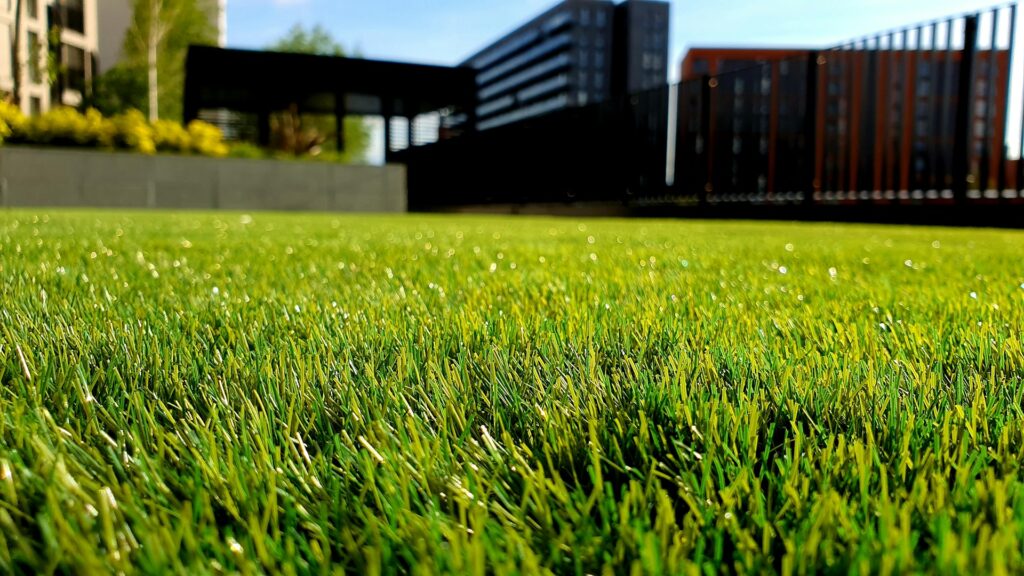
We are reader-supported. When you buy through links on our site, we may earn an affiliate commission.
Imagine stepping into your backyard and pulling an avocado off a tree for breakfast. Fruit trees are indeed that convenient for those with cravings for homegrown produce.
However, like any other plant in your garden, fruit trees require a bit of maintenance to ensure healthy harvests, starting with pruning.
If you’ve never pruned fruit trees and are unsure what the process entails, this guide will walk you through the steps.
Why Should You Prune Fruit Trees?
There are several reasons why you should prune fruit trees, including:
- To remove debris and broken branches
- To reduce the spread of diseases and fungi
- To ensure durability and promote new shoots
- To improve sunlight exposure
- To maintain the desired shape and size of the tree
Careful pruning is also a practical way to rejuvenate older fruit trees left unmanaged and in disarray. Let’s say you’ve recently moved to a new home with a 30 or 40-year-old fruit tree out back. You can predict how well it’ll revive itself by examining its trunk and major branches.
Hollow trunks and orange-brown branches indicate that your fruit tree is unsalvagable. On the other hand, if pulling back the bark exposes a thin green line, your fruit tree likely has healthy tissue.
Pruning also helps protect fruit trees from colder temperatures and enables healthier regrowth when the weather turns warmer.
When Should You Prune Fruit Trees?
A beginner gardener of fruit crops might wonder, “When is the best time to prune trees?”
Fruit trees should undergo pruning between February and April to avoid harsh winter damage early in the season. In case of a cold spell below 0° Fahrenheit, experts recommend stopping pruning for a few days before and waiting at least three days after temperatures reach 10° to resume.
You can also prune your fruit trees in July and August but do so sparingly to avoid weakening the crop.
It takes about three years after planting for fruit trees to reach maturity, at which point you should prune them yearly for bountiful harvests.
Types of Pruning Cuts
Before pruning, remove any residual debris and dead branches from the tree. Gardeners can then prune fruit trees using thinning cuts or heading cuts.
Heading Cut
Heading cuts — shortening the branches — allows you to remove the terminal bud at the ends to allow new shoots to develop.
Heading cuts are heavily used in younger trees but create a thicker canopy, blocking direct sunlight to the middle of the crop. Since sun exposure helps produce the largest fruit, aim to prune near the top of the tree so the middle and lower branches get enough light.
Only use heading cuts when training your fruit tree before it reaches maturity. Afterward, only use this method occasionally.
Thinning Cut
Thinning cuts are a more dramatic pruning technique in which you must cut the entire shoot back to its origin — don’t expect thinning cuts to promote ample crop growth, though. This method is most practical for increasing sun exposure through the treetop canopy.
Always prune using sharp pruning sheers to ensure the crop heals faster and avoid disease spread. Also, don’t be afraid to make significant cuts to the fruit tree — many people are often cautious of cutting away too much but then risk pruning too little.
What Not to Do When Pruning Fruit Trees
Pruning during the right time of year is essential for harvesting fruit. However, it’s also important to strike a balance between pruning back old or dead branches and excessive pruning.
Cutting back too much could have the opposite effect on your fruit tree, fostering excessive shoot growth, lower fruit quality and delayed blooms.
Some gardeners might want to apply wound dressings to the tree, as well. Wound dressings are traditionally used to improve the appearance of a pruned tree or promote its healing. However, studies have shown that this encourages disease and pests with little benefit to the tree.
Leaving old prunings near the crop also encourages disease spread to the tree, so always clean up after trimming.
Prune Fruit Trees to Help Them Thrive
A healthy fruit tree is pruned regularly for optimal health and survival. Whether you’ve planted your own fruit tree or have inherited an older tree in your backyard, staying on top of proper maintenance can help it thrive.










